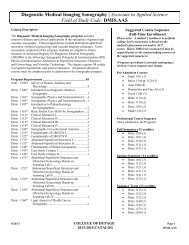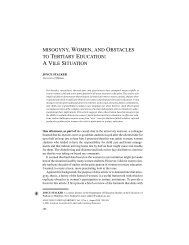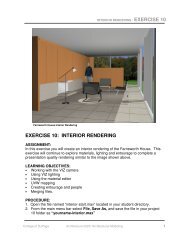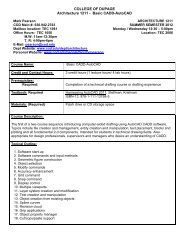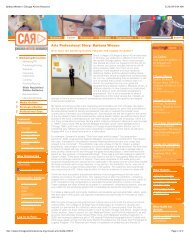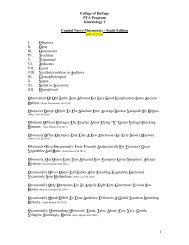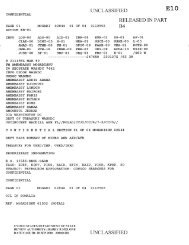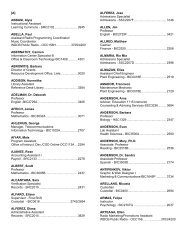pre-lab preparation sheet for lab 4—batteries, bulbs, and current
pre-lab preparation sheet for lab 4—batteries, bulbs, and current
pre-lab preparation sheet for lab 4—batteries, bulbs, and current
Create successful ePaper yourself
Turn your PDF publications into a flip-book with our unique Google optimized e-Paper software.
Name_________________________ Date____________ Partners________________<br />
LAB 4: BATTERIES, BULBS, AND CURRENT*<br />
You cannot teach a man anything; you can only help him to find it within<br />
himself.<br />
OBJECTIVES<br />
—Galileo<br />
• To underst<strong>and</strong> how a potential difference (voltage) can cause an electric <strong>current</strong> to flow<br />
in a conductor.<br />
• To learn to design <strong>and</strong> construct simple circuits using batteries, <strong>bulbs</strong>, wires, <strong>and</strong><br />
switches.<br />
• To learn how to draw circuit diagrams using st<strong>and</strong>ard circuit symbols.<br />
• To underst<strong>and</strong> the measurement of <strong>current</strong> <strong>and</strong> voltage using microcomputer-based<br />
sensors.<br />
• To underst<strong>and</strong> what <strong>current</strong>s will flow in various parts of simple DC circuits, <strong>and</strong> why.<br />
OVERVIEW<br />
In the following <strong>lab</strong>s, you are going to discover <strong>and</strong> extend theories about electric charge<br />
<strong>and</strong> potential difference (voltage), <strong>and</strong> apply them to electric circuits. What you learn will<br />
be one of the most practical parts of the whole physics course, since electric circuits <strong>for</strong>m<br />
the backbone of modern technology. Without an underst<strong>and</strong>ing of electric circuits we<br />
wouldn’t have lights, air conditioners, automobiles, telephones, TV sets, dishwashers,<br />
computers, or photocopying machines.<br />
A battery is a device that generates an electric potential difference (voltage) from<br />
other <strong>for</strong>ms of energy. The type of batteries you will use in these <strong>lab</strong>s are known as<br />
chemical batteries because they convert internal chemical energy (energy stored in<br />
chemical bonds) into electrical energy.<br />
As a result of a potential difference, electric charge is repelled from one terminal of<br />
the battery <strong>and</strong> attracted to the other. However, no charge can flow out of a battery unless<br />
Lab 04 – Batteries <strong>and</strong> Current



